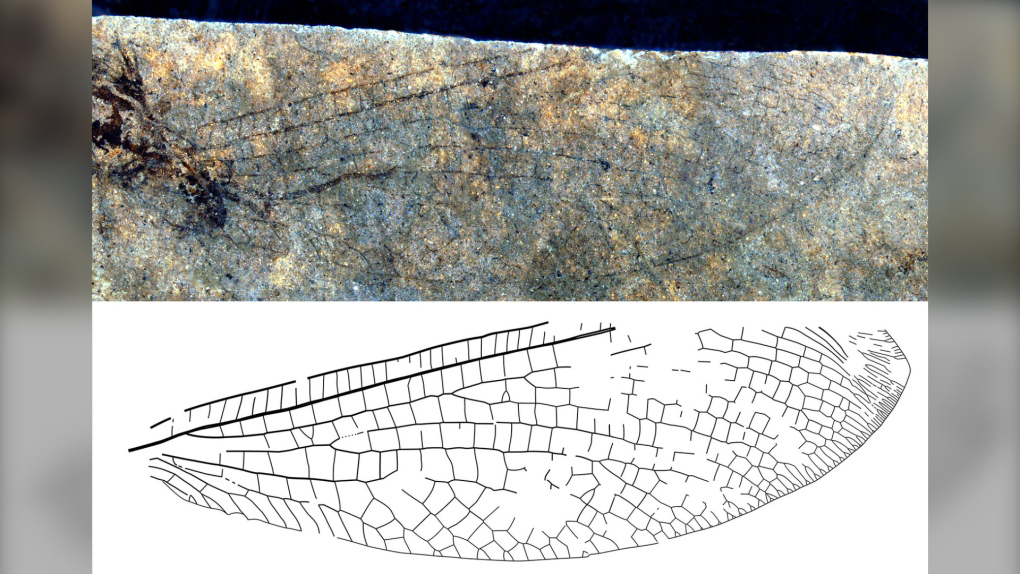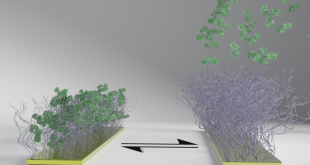The discovery of a tiny insect fossil in Western Canada is unearthing big questions about the global movement of animals across deep time. The fossil, estimated to be 50 million years old, is the latest in a pattern of discoveries that are leading experts to contemplate a Canada-Australia connection. Paleontologists Bruce Archibald of Simon Fraser University and the Royal British Columbia Museum and Vladimir Makarkin of the Russian Academy of Sciences in Vladivostok published their findings in The Canadian Entomologist.

A lacewing fossil. Photo from Simon Fraser University.
According to Makarkin, this rare fossil is part of the “split-footed lacewing” family. Little is known about this group over the 66 million years following the extinction of the dinosaurs. “This is only the fourth one found from this time span worldwide, and it’s the most completely preserved,” says Makarkin. Previous fossil insects of this age found in B.C. and neighbouring Washington have shown connections with Pacific-coastal Russia to the west and with Europe to the east – but the Australian connection is puzzling, as there is no such clear land connection.
This lacewing joins other insect fossils from B.C. and Washington whose modern relatives only live in the Australian region. These include bulldog ants, a family of termites and a kind of parasitoid wasp. Archibald says that “a pattern is emerging that we don’t quite understand yet, but has interesting implications.” The researchers suggest that the answer might be connected to climate. “The more we know about these insects, the more we can piece together the history of how climate and the movement of continents have shaped global patterns of the distributions of life that we see in our modern world,” says Makarkin.
 BioLab Business Magazine Together, we reach farther into the Canadian Science community
BioLab Business Magazine Together, we reach farther into the Canadian Science community





